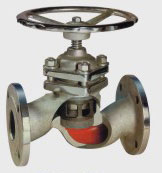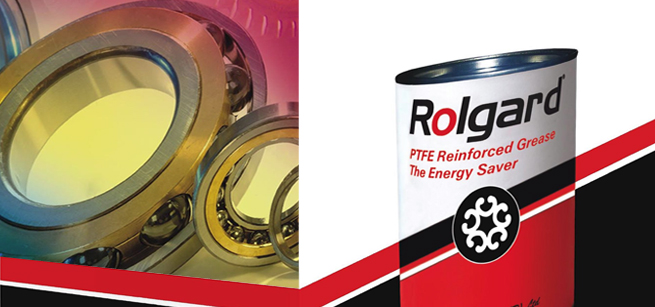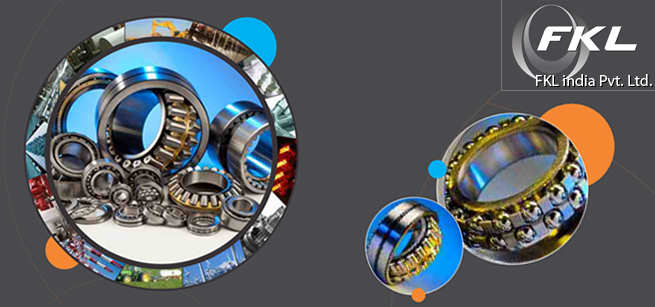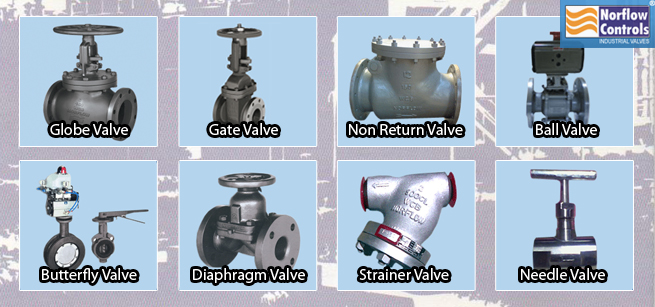Fluid Control Division
 Traditionally the valves used on various fluids in industries are Globe/Gate/Ball/Plug/Butterfly valves. Any of these valves will have a seat and a spindle for closing and opening action. The spindle extends beyond the seating area for actuation. Glands and gland packings are used to ensure proper sealing of the valve internals and prevent leakage.
Traditionally the valves used on various fluids in industries are Globe/Gate/Ball/Plug/Butterfly valves. Any of these valves will have a seat and a spindle for closing and opening action. The spindle extends beyond the seating area for actuation. Glands and gland packings are used to ensure proper sealing of the valve internals and prevent leakage.
In spite of taking all precautions, valve leakages have become so common that people, at times, have two or three valves in series hoping that if one fails, the other will hold.
Valve leakage can be either through the seat, when the fluid flows across the seat even when the valve is tightly closed. This happens because of erosion effects on the contact surfaces. Some physical dirt particles may also prevent tight shut-offs.
The other possible leakage will be from the valve internal area to atmosphere leading to visible leakages.
In 1922 Klinger invented the revolutionary Piston Valves as a remedy to this ‘leakage’ and ‘passing’ problems. The development was so unique that the valves were better known as ‘Klinger’ Valves rather than piston valves. UKL brought the Klinger valves to India in 1983.
A Piston Valve is a seatless and glandless valve. It uses a piston, lantern bush and a set of rings for valve operation. The piston is made of SS while the rings are made of resilient materials to provide tight shut-off. These are used on all process fluids with various combinations of piston and piston rings material.
Piston valves are fitted with Belleville washers to take care of stresses generated due to uneven thermal expansion of different valve components. Once installed in line the valves need to ne retightened when hot for long and trouble-free operation.























